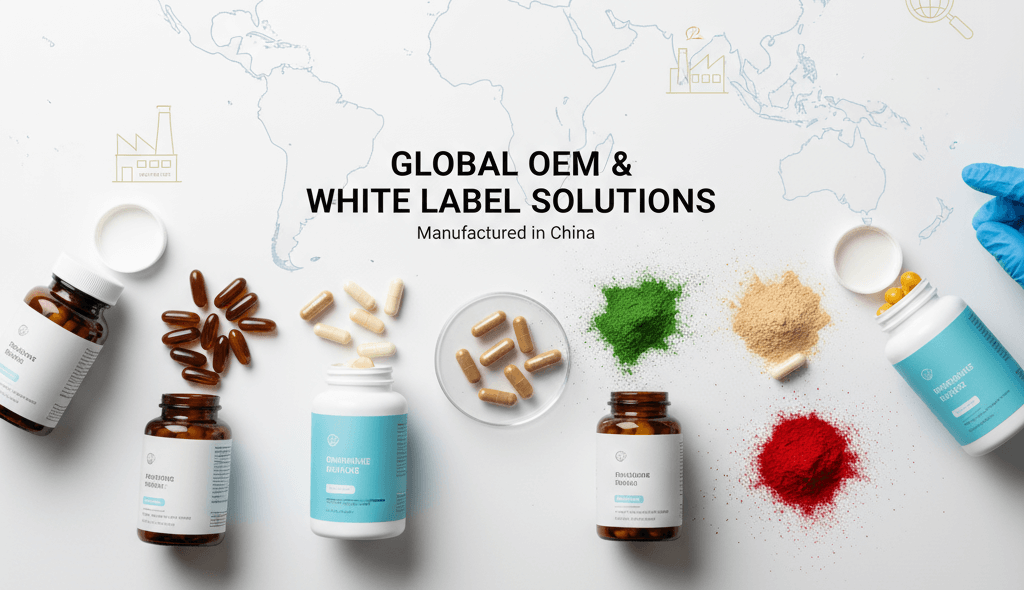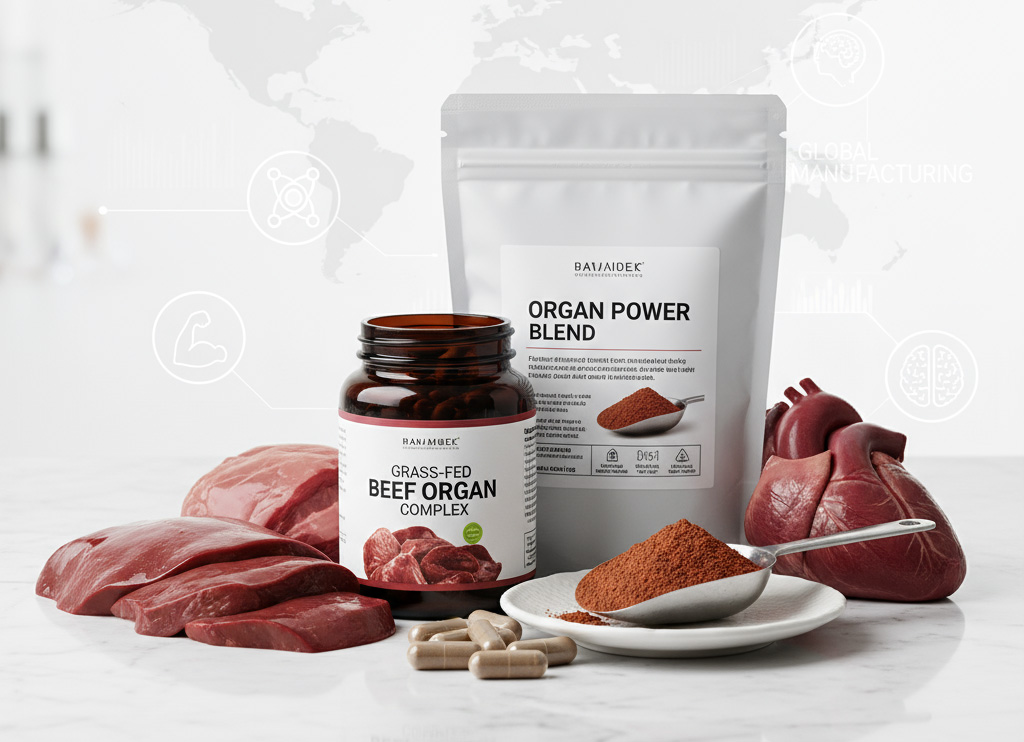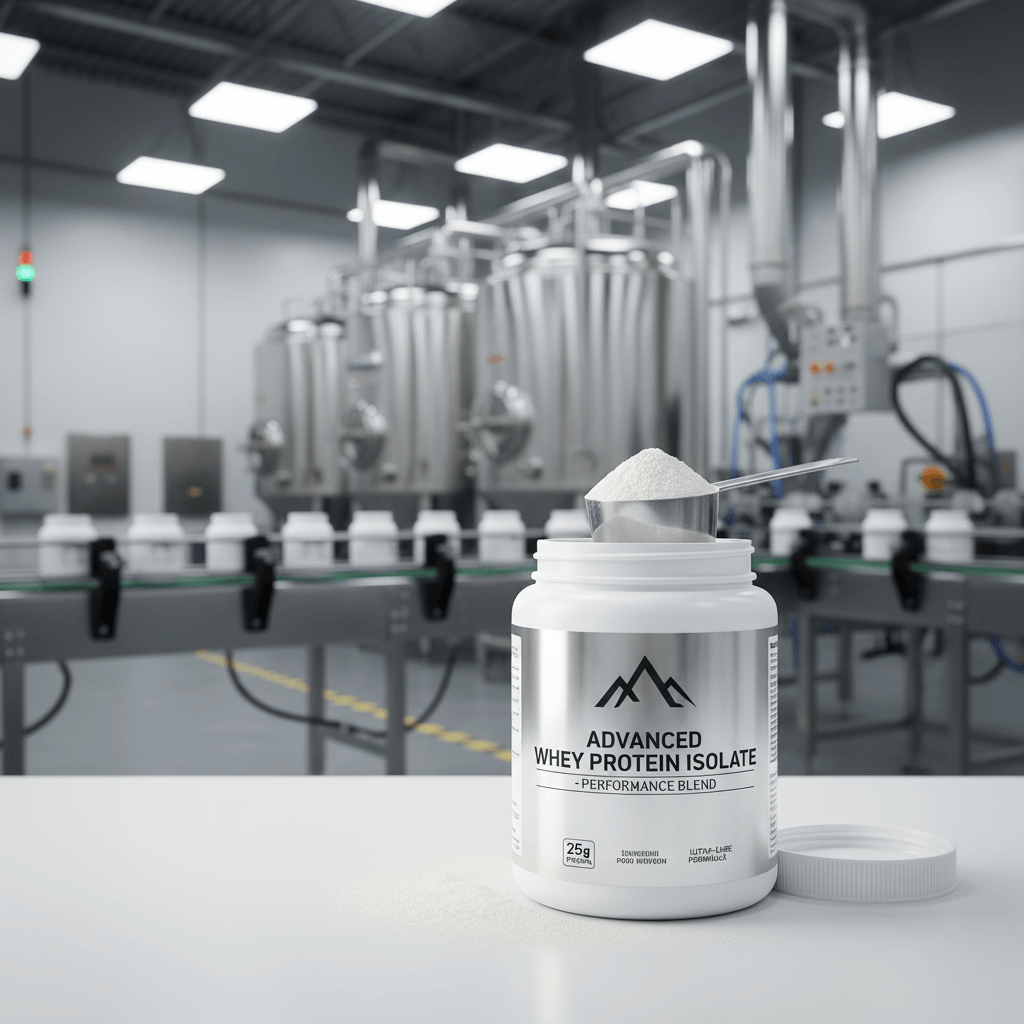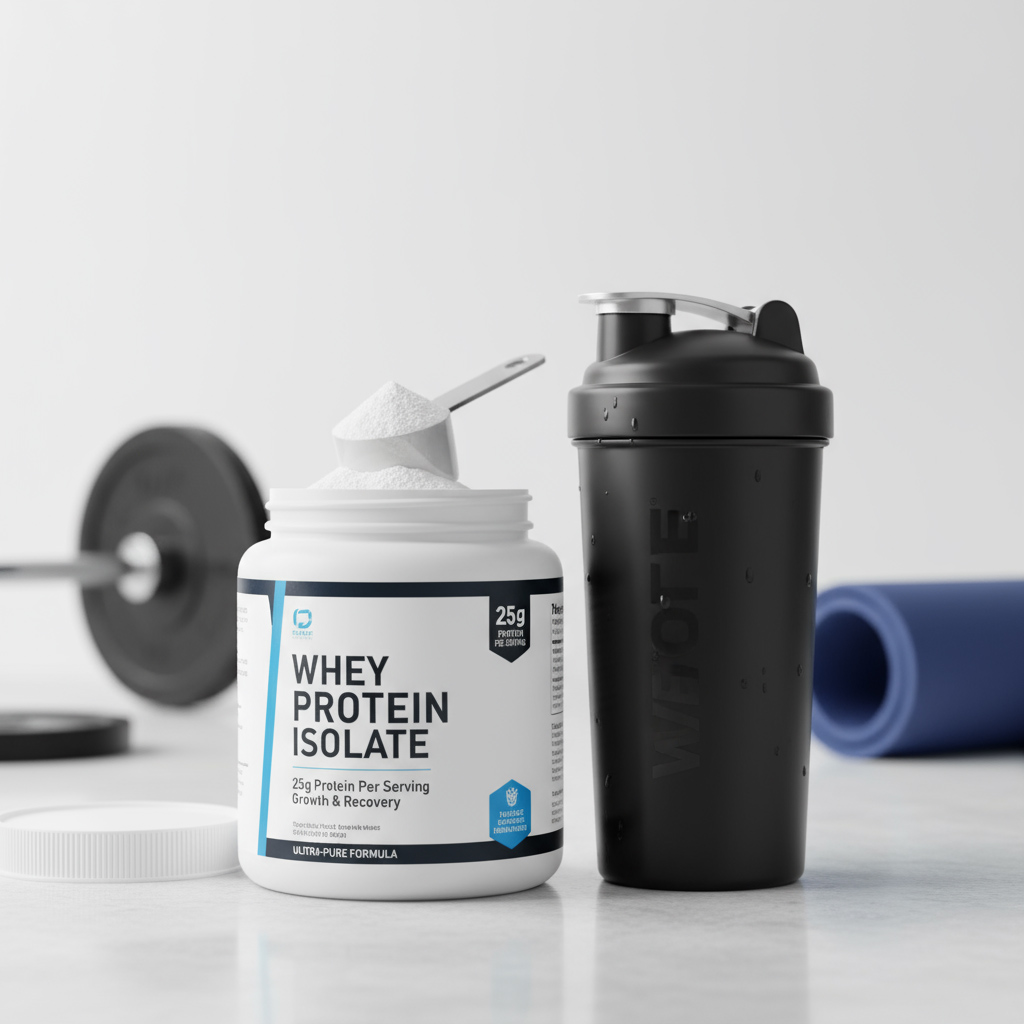The allure of global expansion for nutritional supplement brands is undeniable. A world of diverse consumer needs, emerging markets, and untapped potential beckons. However, venturing beyond domestic borders is a complex undertaking, fraught with regulatory labyrinths, cultural nuances, logistical challenges, and intense competition. Success hinges not just on having a superior product, but on crafting a meticulously planned and adaptable market entry strategy, coupled with a keen understanding of international distribution channels.
This comprehensive guide delves into the intricate process of expanding supplement brands globally. We will explore strategic frameworks for identifying and selecting target markets, analyze various entry modes and distribution models—from direct e-commerce to intricate retail networks—and address the critical operational, legal, and marketing considerations essential for scaling international reach. Our aim is to equip brands with the knowledge to navigate the global landscape confidently, transforming expansion challenges into opportunities for sustainable growth and widespread consumer impact.
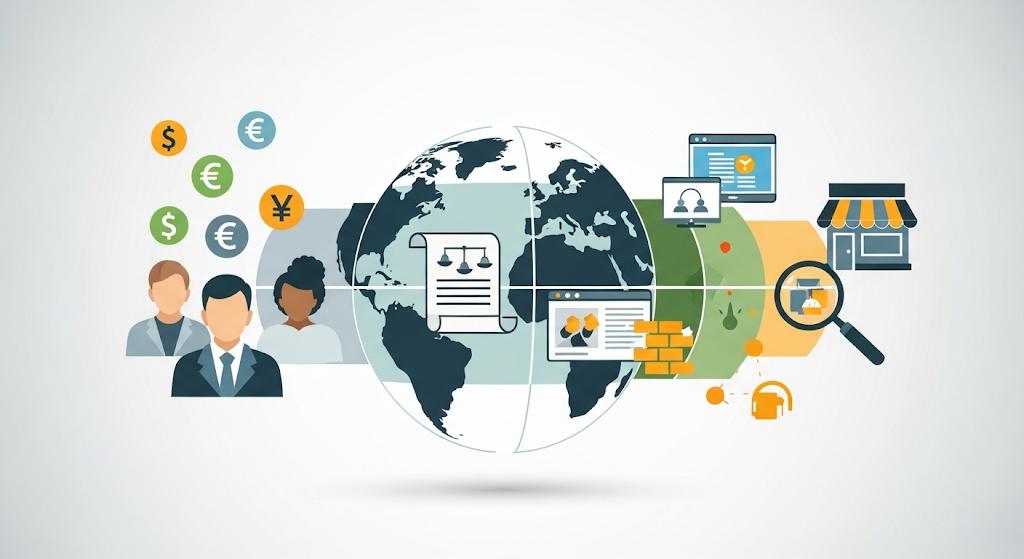
1. Phase 1: Strategic Market Research and Selection
Before a single product leaves your domestic warehouse, comprehensive market research is the bedrock of any successful global expansion. This initial phase helps identify the most promising opportunities and mitigate significant risks.
1.1 Identifying and Prioritizing Target Markets:
A systematic approach is crucial. Consider macro and micro factors:
-
Demographics and Consumer Trends:
-
Aging Populations:Markets with increasing elderly populations often have higher demand for joint health, cognitive support, and bone health supplements (e.g., Japan, Western Europe).
-
Rising Health Consciousness:Post-pandemic, general health, immunity, and mental wellness are global priorities.
-
Lifestyle Shifts:Growing fitness cultures (sports nutrition), plant-based diets (vegan supplements), stress levels (adaptogens, sleep aids).
-
Disposable Income:Economic stability and consumer purchasing power dictate premium vs. value product acceptance.
-
-
Competitive Landscape:
-
Market Saturation:Is the market already crowded with similar products? What are the key differentiators of existing players?
-
Competitive Strengths & Weaknesses:Analyze local and international competitors, their pricing, marketing, and distribution.
-
Untapped Niches:Are there specific needs or consumer segments not adequately served?
-
-
Market Size and Growth Potential:Look at historical growth rates and future projections for the supplement sector. A large market with stagnant growth might be less attractive than a smaller, rapidly expanding one.
-
Cultural Fit and Consumer Behavior:
-
Local Preferences:Do consumers prefer capsules, powders, liquids, or gummies? Are certain ingredients favored or avoided? (e.g., traditional herbal remedies vs. synthetic vitamins).
-
Trust Factors:Do consumers trust local brands, international brands, or those with specific certifications?
-
Purchase Habits:Online vs. offline, pharmacy vs. supermarket.
-
1.2 Regulatory Landscape Assessment (Critical for Supplements):
This is arguably the most crucial filter for supplement brands. A thorough regulatory analysis is non-negotiable.
-
Product Classification:How are your products classified? As food supplements, drugs, natural health products, or complementary medicines? This varies wildly by country (e.g., Canada's NHP vs. US's DSHEA vs. EU's Food Supplement Directive).
-
Ingredient Permissibility:Are all your active and inactive ingredients allowed? Are there specific lists of permitted or prohibited ingredients? (e.g., Novel Foods in EU, specific botanicals).
-
Dosage Restrictions:Many countries impose maximum daily dosages for vitamins, minerals, and other ingredients, often differing significantly from your home market.
-
Claims & Labeling Requirements:As discussed in our previous article, this is highly complex.
-
Health Claims:What can you claim? Is pre-approval required? Are disease claims prohibited?
-
Nutrition Claims:Are there specific definitions for "high," "low," or "source of"?
-
Mandatory Warnings:Specific warnings (e.g., for caffeine, iron, specific age groups).
-
Language Requirements:Single or bilingual labeling.
-
-
Registration/Notification Procedures:Is a product license, notification, or registration required before market entry? (e.g., NPN in Canada, pre-market notification in many EU countries, AUST L/R in Australia).
-
Testing Standards:Are there specific local analytical testing requirements (e.g., heavy metals, microbiology)?
-
Import Regulations:Specific documentation, customs procedures, and import duties.
1.3 SWOT Analysis for Potential Markets:
Conducting a SWOT (Strengths, Weaknesses, Opportunities, Threats) analysis for each shortlisted market helps to crystallize strategic insights:
-
Strengths:Your brand's competitive advantages in that market (e.g., unique product, strong R&D).
-
Weaknesses:Your brand's disadvantages (e.g., lack of local presence, unknown brand name).
-
Opportunities:Favorable market trends, regulatory changes, unmet consumer needs.
-
Threats:Strong local competition, trade barriers, economic instability, adverse regulatory changes.
2. Phase 2: Defining Your Market Entry Strategy (Modes of Entry)
The chosen entry mode dictates the level of control, commitment, and risk. It's often a balance between control and resource investment.
2.1 Exporting (Lowest Risk, Lower Control):
-
Direct Export:Selling directly to foreign customers without intermediaries in the target market.
-
E-commerce:Setting up an international e-commerce site (brand.com) with global shipping, or selling through major international marketplaces (see Section 3.1). This offers high control over branding and customer experience but requires managing international logistics and customer service.
-
Direct Sales Force:Employing your own sales team in the target country (high cost, high control).
-
-
Indirect Export:Utilizing domestic intermediaries to facilitate international sales.
-
Export Management Companies (EMCs):Act as your export department, handling all aspects.
-
Export Trading Companies (ETCs):Buy products from you and resell them abroad.
-
Pros:Minimal upfront investment, low risk, leverages third-party expertise.
-
Cons:Less control over branding and pricing in the foreign market, limited market feedback, potential for channel conflict.
-
2.2 Licensing & Franchising (Moderate Risk, Moderate Control):
While more common for services or specific technologies, licensing can be used for unique formulations or brand names.
-
Licensing:Granting a foreign company the right to manufacture your product and/or use your brand name in exchange for royalties.
-
Pros:Low capital investment, leverages licensee's local market knowledge and distribution.
-
Cons:Less control over production quality, potential for intellectual property (IP) leakage, licensee might become a competitor.
-
2.3 Strategic Alliances & Joint Ventures (Moderate to High Risk, Moderate Control):
Collaborating with a local partner leverages their expertise and resources.
-
Local Distributors/Agents:The most common entry mode for supplements.
-
Distributors:Purchase products from you and resell them, taking on inventory risk. They manage sales, marketing, and distribution.
-
Agents:Do not take title to the goods; they facilitate sales for a commission.
-
Selection Criteria:Look for partners with established distribution networks (pharmacies, health stores, e-commerce), regulatory expertise, marketing capabilities, strong relationships with key retailers, and financial stability. Crucially, assess their portfolio to ensure your product isn't overshadowed by competing brands.
-
Contract Considerations:Clear terms on exclusivity, sales targets, marketing support, payment terms, and termination clauses are vital.
-
-
Joint Ventures (JVs):Creating a new entity with a foreign partner to share ownership, control, and profits.
-
Pros:Access to local market knowledge, shared risks and resources, strong local commitment.
-
Cons:Requires significant trust, potential for conflicts over control, complex legal structure.
-
2.4 Foreign Direct Investment (FDI - Highest Risk, Highest Control):
Direct ownership of assets in the foreign country.
-
Setting Up Sales Offices/Distribution Centers:To manage local sales, marketing, and logistics directly.
-
Establishing Manufacturing Facilities:Full control over production, quality, and supply chain. However, this is a massive undertaking, requiring substantial capital investment, deep regulatory understanding, and operational expertise in the foreign market. Often, brands leverage contract manufacturers in the EU (as discussed in previous articles) rather than building their own.
-
Pros:Maximum control over operations, brand image, and market strategy; direct access to market intelligence.
-
Cons:Highest capital investment, highest risk, complex legal and regulatory compliance, political and economic exposure.
3. Phase 3: Navigating Distribution Channels (Route-to-Market)
Once an entry mode is chosen, selecting the right channels to reach consumers is paramount. This often involves a multi-channel approach.
3.1 E-commerce Channels (Direct & Marketplaces):
The global rise of e-commerce makes it an indispensable channel.
-
Direct-to-Consumer (DTC) via Brand Website:
-
International Shipping:Partner with logistics providers for reliable global delivery.
-
Localized Content:Website content, product descriptions, and customer service in local languages.
-
Currency & Payment Gateways:Support local currencies and preferred payment methods.
-
Benefits:Full brand control, direct customer relationship, higher margins (potentially).
-
-
Major Global Marketplaces:
-
Amazon Global Selling:Access to Amazon's vast customer base and FBA (Fulfillment by Amazon) network in multiple countries. Requires understanding country-specific product listings, fees, and regulatory nuances.
-
eBay:Another global platform, particularly strong for certain product categories.
-
Alibaba/AliExpress:Dominant in Asia, strong for B2B sourcing and B2C sales.
-
Regional Platforms:Tmall (China), Lazada (Southeast Asia), Otto (Germany), Mercado Libre (Latin America), Rakuten (Japan). These often require local legal entities or specialized partners.
-
-
Specialized Health/Supplement E-tailers:Partnering with online-only retailers focused on health and wellness (e.g., iHerb, Vitacost, local equivalents).
-
Logistics for E-commerce:Crucial for success.
-
Warehousing:Centralized international hubs or localized fulfillment centers.
-
Last-Mile Delivery:Partnering with local couriers.
-
Customs & Duties:Clear processes for declaration and payment.
-
3.2 Retail Channels (Brick-and-Mortar):
Still vital for visibility, impulse purchases, and reaching non-online consumers.
-
Specialty Health Food Stores:(e.g., Holland & Barrett in UK, Whole Foods in US, local organic shops). Often target health-conscious consumers willing to pay a premium.
-
Pharmacies/Drugstores:(e.g., CVS, Walgreens in US; Boots in UK; chain pharmacies in Europe). High trust environment, often with pharmacist recommendation. Requires strong regulatory compliance.
-
Supermarkets/Hypermarkets:(e.g., Walmart, Carrefour, Tesco). Offer mass market reach, but intense competition, lower margins, and complex category management.
-
Department Stores:For premium or luxury supplement brands.
-
Discount Retailers:For value-oriented brands.
-
Challenges of Retail:
-
Shelf Space Competition:Fierce battle for prime placement.
-
Merchandising & Planograms:Adhering to retailer's visual standards.
-
Category Management:Understanding how retailers group and market supplements.
-
Promotional Calendars:Participating in retailer-specific promotions.
-
3.3 Direct Selling / Multi-Level Marketing (MLM):
-
Some supplement brands thrive on direct selling models, relying on networks of independent distributors.
-
Requires significant investment in training, compensation plans, and compliance with direct selling regulations in each market.
3.4 Professional Channels:
-
Practitioner-Only Lines:Selling to healthcare professionals (doctors, naturopaths, nutritionists) for patient recommendation. Requires strong scientific backing and professional education.
-
Clinics & Wellness Centers:Direct sales through health and wellness clinics.
4. Phase 4: Operational & Legal Considerations for International Scale
Scaling internationally demands rigorous attention to legal, financial, and logistical details.
4.1 Legal Entity & Registration:
-
Business Registration:Requirements for registering your company or specific products in the foreign market.
-
Local Representation:Many countries require a local legal entity or a designated local representative for regulatory purposes.
-
Trademark & IP Protection:Crucial to register your brand name, logos, and potentially unique formulations in target markets to prevent infringementbeforeentry.
4.2 Pricing Strategies:
-
International Pricing Models:Cost-plus (adding tariffs, logistics, local taxes), competitive pricing, market-based pricing.
-
Currency Fluctuations:Hedging strategies to mitigate currency risks.
-
Transfer Pricing:For inter-company transactions across borders, adhering to international tax regulations.
-
Channel Pricing:Different price points for e-commerce vs. retail, or for different distribution tiers.
4.3 Taxation & Customs:
-
Import Duties/Tariffs:Vary significantly by product type and country of origin.
-
VAT (Value Added Tax) / GST (Goods and Services Tax):Understanding the local consumption tax system and how it applies to imported goods.
-
Customs Clearance:Ensuring accurate documentation (commercial invoices, packing lists, CoAs) to avoid delays and penalties.
-
Incoterms:Clearly defining responsibilities for shipping, insurance, and duties (e.g., DDP, CIF, FOB).
4.4 Logistics & Supply Chain Management:
-
International Freight:Air freight (fast, costly) vs. Ocean freight (slow, economical).
-
Warehousing & Inventory:Centralized international distribution centers vs. multiple localized warehouses. Just-in-time inventory vs. safety stock.
-
Cold Chain Management:Essential for temperature-sensitive products (e.g., probiotics). Requires specialized transport and storage.
-
Reverse Logistics:Efficient systems for handling returns and recalls from international markets.
4.5 Quality Control & Regulatory Compliance (Ongoing):
-
Post-Import Compliance:Ensuring that products, once imported, remain compliant with all local labeling, storage, and handling requirements.
-
Batch Record Keeping:Maintaining meticulous records traceable from raw materials to shipped finished goods.
-
Adverse Event Reporting:Establishing systems to capture and report any adverse events to local authorities, as required.
5. Phase 5: Marketing & Localization
Effective global expansion requires more than just translating labels; it demands deep cultural and market adaptation.
5.1 Cultural Adaptation & Product Localization:
-
Product Formulation:Slight tweaks in flavor profiles, sweetness levels, or even dosage forms to align with local preferences (e.g., smaller pills in some Asian markets, specific flavors preferred in certain regions).
-
Packaging Design:Beyond language, consider color psychology, imagery, and design elements that resonate culturally and comply with local aesthetic norms.
-
Brand Storytelling:Adapt your brand's narrative to connect with local values and aspirations.
5.2 Marketing Communications:
-
Translation vs. Transcreation:Beyond literal translation, "transcreation" involves adapting marketing messages to evoke the same emotion and intent in the target language and culture.
-
Digital Marketing:
-
SEO & SEM:Optimizing for local search engines (Google, Baidu, Yandex) and using local keywords.
-
Social Media:Leveraging popular local platforms (e.g., WeChat, Line, KakaoTalk, TikTok) instead of solely relying on global giants. Influencer marketing with local personalities.
-
Content Marketing:Creating blog posts, videos, and articles relevant to local health concerns and trends.
-
-
Public Relations (PR):Engaging with local media and health publications to build brand credibility.
-
Local Ambassadors/Influencers:Partnering with trusted local figures who resonate with the target audience.
5.3 Customer Service:
-
Multilingual Support:Providing customer service in the local language(s) and time zones.
-
Local Return Policies:Establishing clear, easy-to-understand return and refund processes that comply with local consumer protection laws.
-
Feedback Integration:Using local customer feedback to inform product development and service improvements.
6. Key Challenges & Risk Mitigation in Global Expansion
Expanding globally inevitably introduces new complexities and risks.
6.1 Major Challenges:
-
Regulatory Hurdles:The sheer volume and variability of international regulations.
-
Intense Competition:Facing established local brands and other international players.
-
Cultural Differences:Misunderstanding consumer behavior, communication styles, or business etiquette.
-
Logistics Complexities:Managing customs, tariffs, and diverse shipping networks.
-
Payment Processing:Varying preferred payment methods and fraud risks in different regions.
-
Intellectual Property (IP) Theft:Protecting trademarks and formulations in markets with weaker IP enforcement.
-
Political and Economic Instability:Currency devaluation, trade wars, geopolitical events.
-
Talent Acquisition:Finding and retaining qualified local staff.
6.2 Risk Mitigation Strategies:
-
Phased Entry:Start with one or two key markets, learn, and then expand.
-
Pilot Programs:Test market entry strategies on a smaller scale before full rollout.
-
Strong Local Partnerships:Leverage partners' expertise in navigating local challenges.
-
Robust Due Diligence:Thoroughly vet all partners, suppliers, and distributors.
-
Diversification:Don't put all your eggs in one market basket.
-
Legal Counsel:Engage international trade lawyers to review contracts and ensure compliance.
-
Insurance:Obtain appropriate international trade and liability insurance.
-
Contingency Planning:Develop plans for supply chain disruptions, regulatory changes, or economic downturns.
Conclusion
Global expansion for supplement brands is a marathon, not a sprint. It demands meticulous planning, deep market insights, robust operational execution, and a willingness to adapt. By strategically researching target markets, carefully selecting appropriate entry modes and distribution channels, and proactively addressing operational, legal, and marketing complexities, brands can unlock immense opportunities for growth.
The journey beyond domestic borders is transformative, offering not just increased revenue but also invaluable brand exposure and diversified risk. With a commitment to strategic planning, local adaptation, and strong partnerships, your supplement brand can confidently navigate the global landscape, building a truly international presence and delivering health solutions to consumers worldwide.
Zhongci Health: Your Strategic Partner for Global Market Entry
Embarking on international expansion requires more than just a great product; it demands a strategic partner capable of navigating complex global markets. AtZhongci Health, we provide comprehensive support for brands aiming to scale their reach worldwide. From manufacturing compliant, market-ready supplements to advising on distribution channel selection, regulatory complexities, and essential market localization, our expertise streamlines your global journey. Leverage our advanced production capabilities, deep understanding of international standards, and extensive network to confidently launch and grow your brand in new territories. Partner withZhongci Healthto transform your global ambitions into tangible success. Contact us today to begin your expansion strategy.

